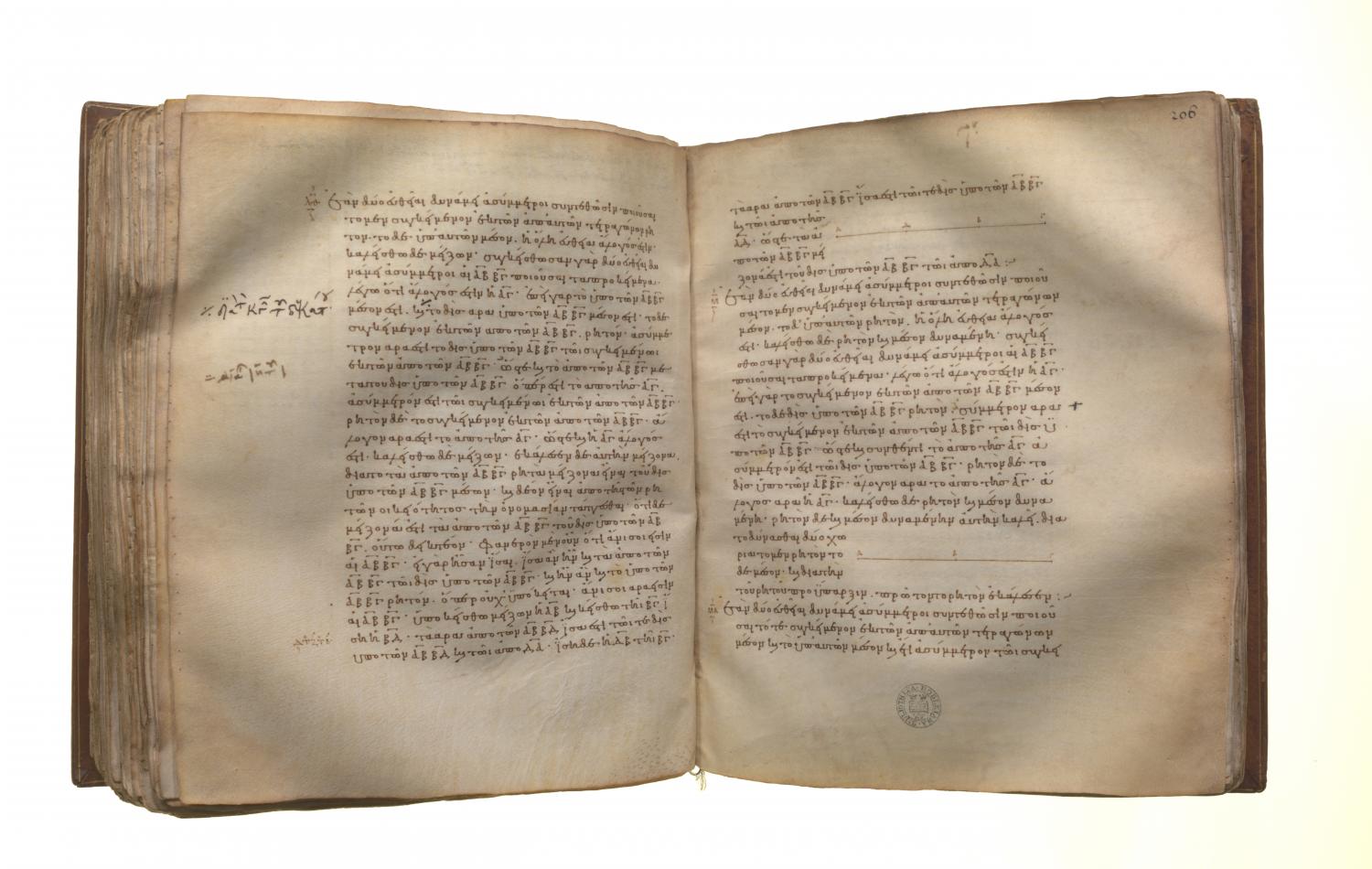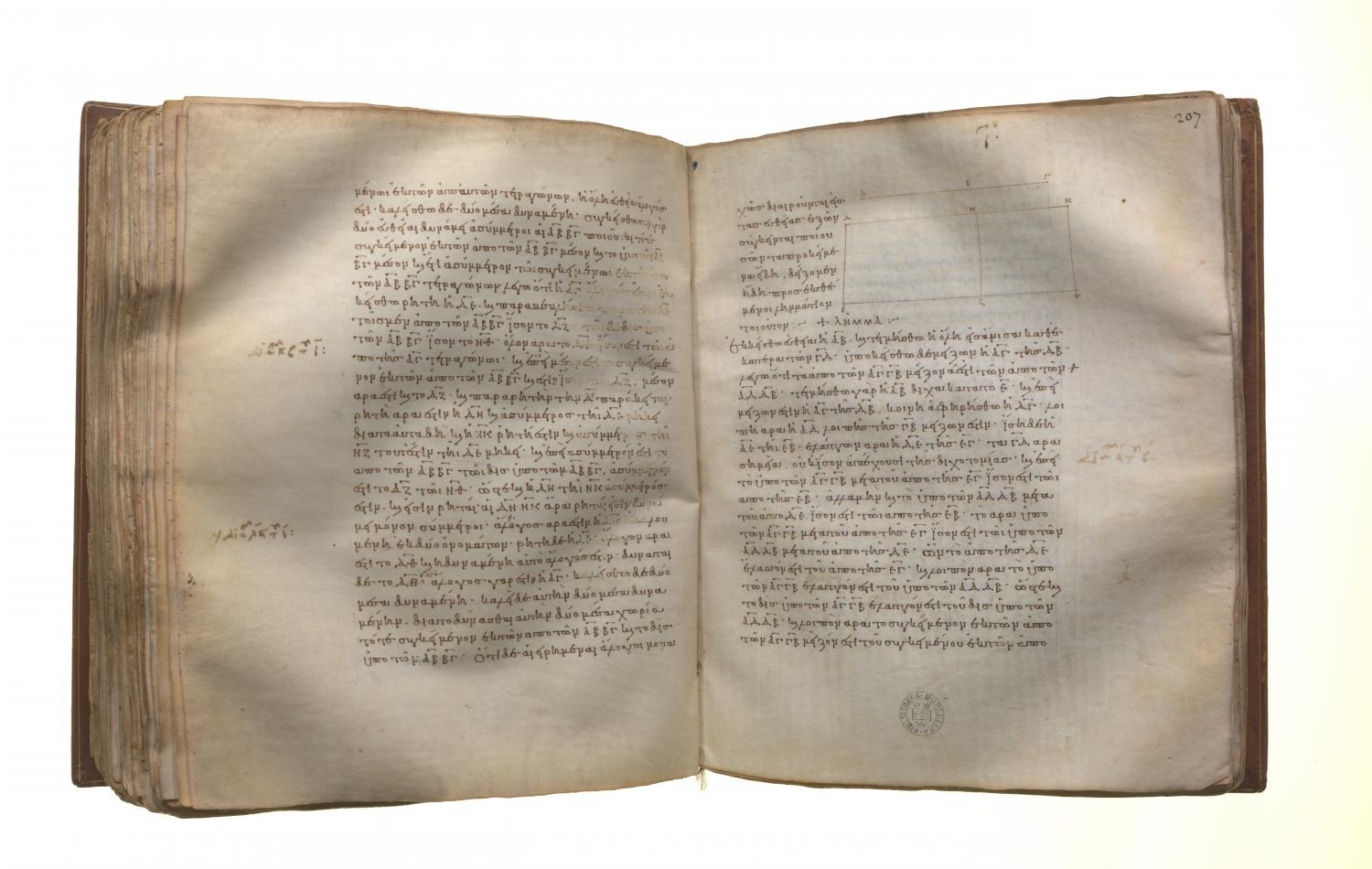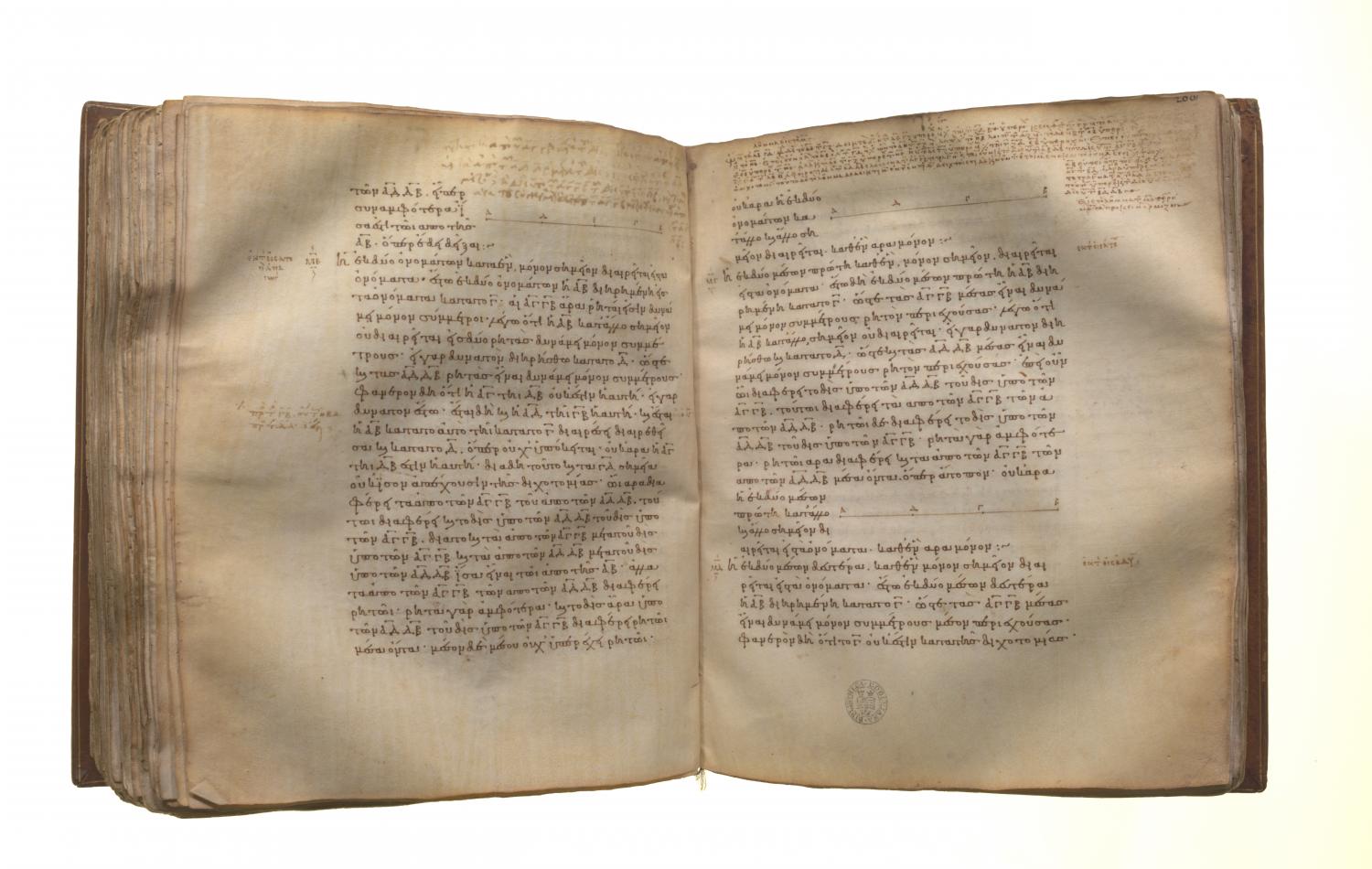Classification of incommensurables: Book 10 Proposition 41
Translations
If two straight lines incommensurable in square which make the sum of the squares on them medial, and the rectangle contained by them medial and also incommensurable with the sum of the squares on them, be added together, the whole straight line is irrational; and let it be called the side of the sum of two medial areas. For let two straight lines AB, BC incommensurable in square and satisfying the given conditions [X. 35] be added together; I say that AC is irrational. Let a rational straight line DE be set out, and let there be applied to DE the rectangle DF equal to the squares on AB, BC, and the rectangle GH equal to twice the rectangle AB, BC; therefore the whole DH is equal to the square on AC. [II. 4] Now, since the sum of the squares on AB, BC is medial, and is equal to DF, therefore DF is also medial. And it is applied to the rational straight line DE; therefore DG is rational and incommensurable in length with DE. [X. 22] For the same reason GK is also rational and incommensurable in length with GF, that is, DE. And, since the squares on AB, BC are incommensurable with twice the rectangle AB, BC, DF is incommensurable with GH; so that DG is also incommensurable with GK. [VI. 1, X. 11] And they are rational; therefore DG, GK are rational straight lines commensurable in square only; therefore DK is irrational and what is called binomial. [X. 36] But DE is rational; therefore DH is irrational, and the side of the square which is equal to it is irrational. [X. Def. 4] But AC is the side of the square equal to HD; therefore AC is irrational. And let it be called the side of the sum of two medial areas. Q. E. D.Lemma. And that the aforesaid irrational straight lines are divided only in one way into the straight lines of which they are the sum and which produce the types in question, we will now prove after premising the following lemma. Let the straight line AB be set out, let the whole be cut into unequal parts at each of the points C, D, and let AC be supposed greater than DB; I say that the squares on AC, CB are greater than the squares on AD, DB. For let AB be bisected at E. Then, since AC is greater than DB, let DC be subtracted from each; therefore the remainder AD is greater than the remainder CB. But AE is equal to EB; therefore DE is less than EC; therefore the points C, D are not equidistant from the point of bisection. And, since the rectangle AC, CB together with the square on EC is equal to the square on EB, [II. 5] and, further, the rectangle AD, DB together with the square on DE is equal to the square on EB, [id.] therefore the rectangle AC, CB together with the square on EC is equal to the rectangle AD, DB together with the square on DE. And of these the square on DE is less than the square on EC; therefore the remainder, the rectangle AC, CB, is also less than the rectangle AD, DB, so that twice the rectangle AC, CB is also less than twice the rectangle AD, DB. Therefore also the remainder, the sum of the squares on AC, CB, is greater than the sum of the squares on AD, DB.


